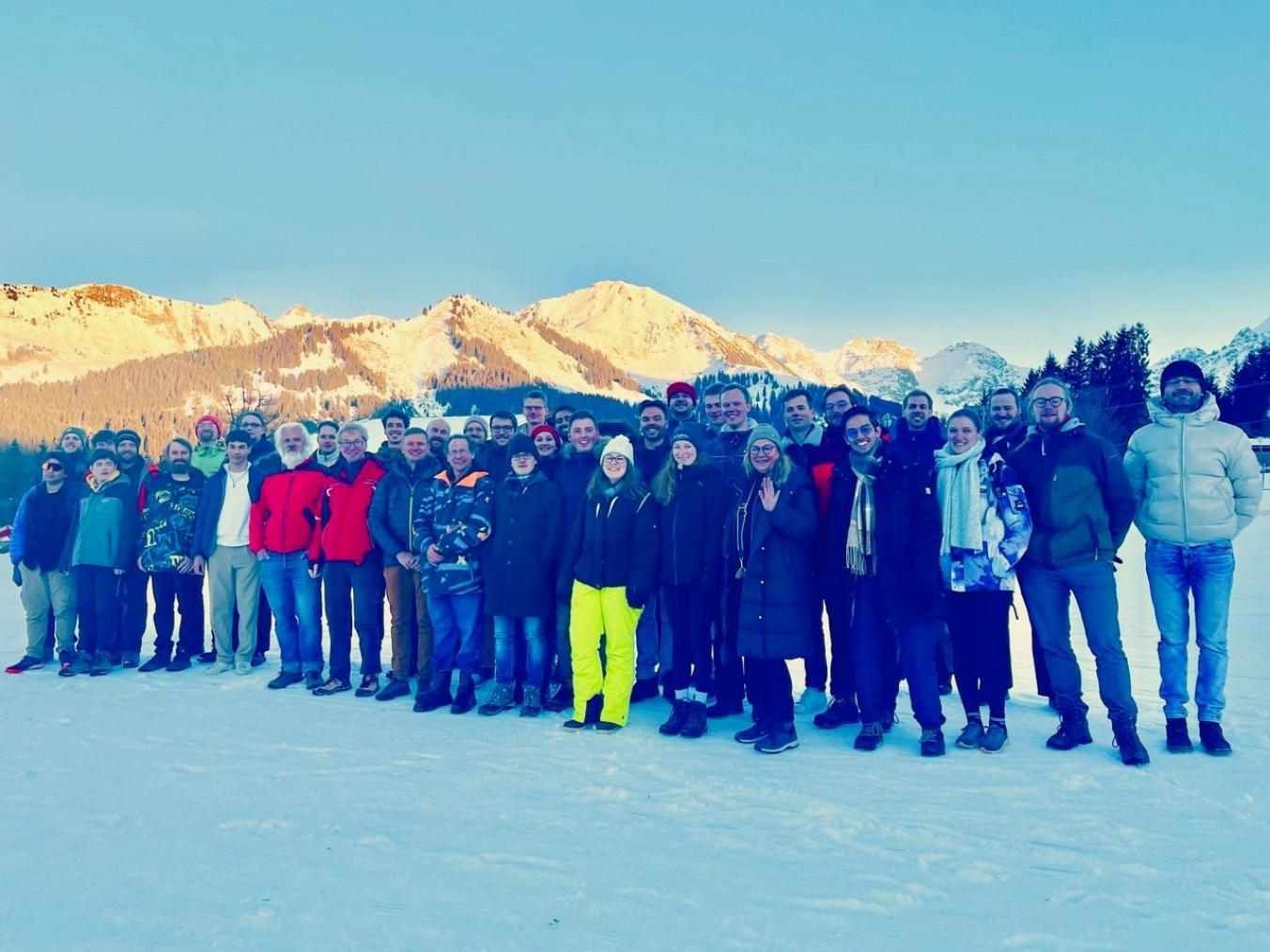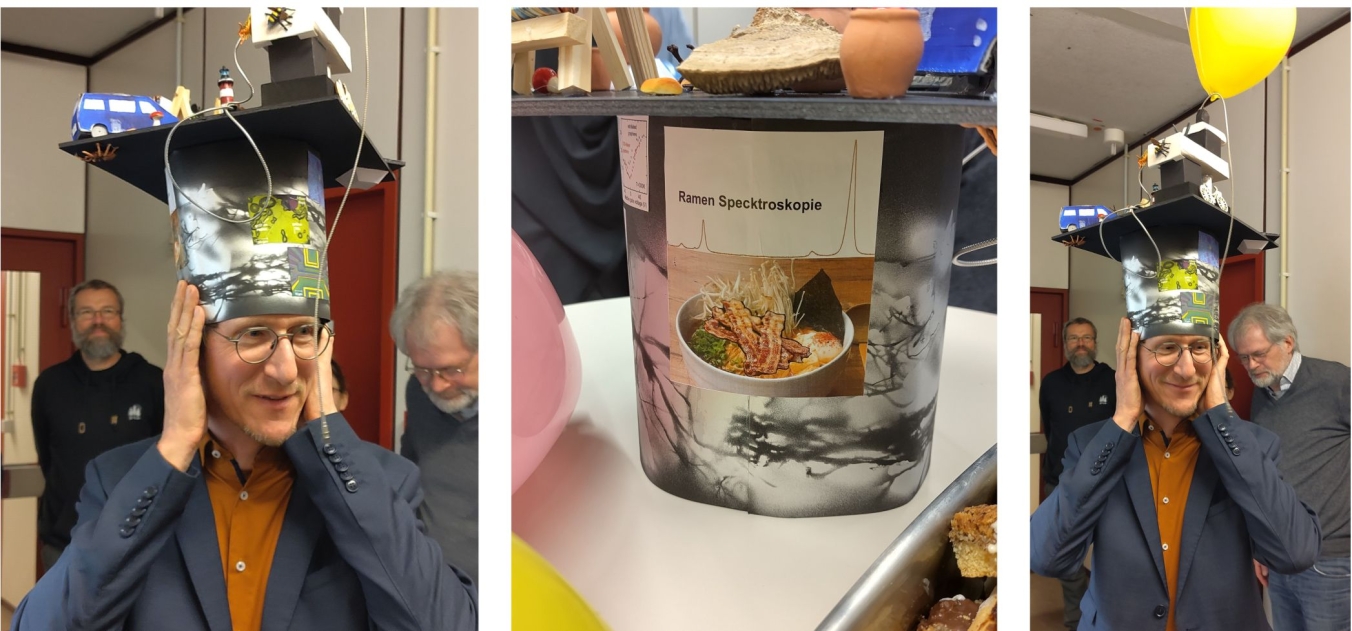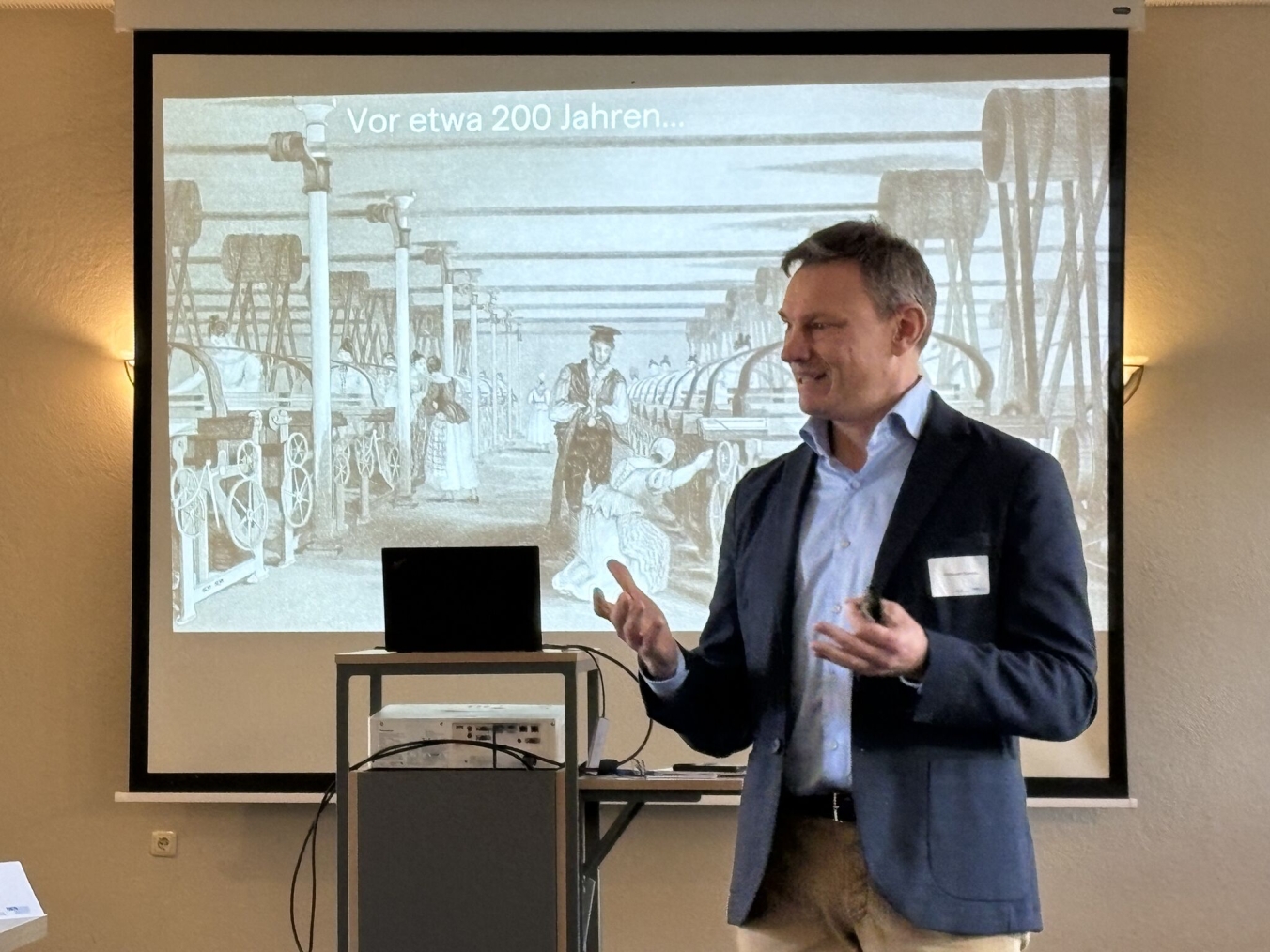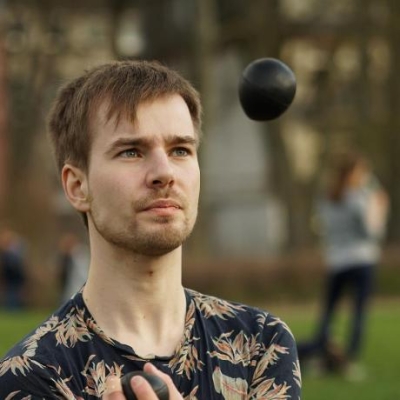Current events
Next talk tomorrow at 11:00 by Katrin Hecker!
News 28.10.2025
Visit of PASSQAL workshop in Sendai
Site Content:
26.03.2025
Söllerhaus-Workshop 2025
The Söllerhaus-Workshop 2025 from the 15th to the 22nd of March of the 2nd Institute of Physics A , B and C focusing on interesting (partly cross-sectional) topics was great fun with many interesting talks and discussions, good skiing and slippery snow hiking with torches.


25.03.2025
Poster prize for Alexander Rothstein at the "37th IWEPNM Kirchberg Winterschool"

Alexander Rothstein won one of the three poster prizes at the IWEPNM Winterschool in Kirchberg with his poster on "Gate-tunable Josephson diods in magic angle twisted bilayer graphene". Congratulations!

21.03.2025
New publication: Bluetooth sensors in phyphox with Arduino and MicroPython
A new publication by Staacks et al. about the Bluetooth interface of the physics education app "phyphox".
Abstract:
In order to extend the available sensors of smartphone experiments with cheap microcontroller-based external sensors, the smartphone experimentation app 'phyphox' has been extended with a generic Bluetooth Low Energy interface. Since its application requires an in-depth understanding of the underlying technologies, the direct use of that interface for educational purposes is limited. To avoid this difficulty, the functionality was encapsulated into an Arduino and MicroPython library. With these, also educators and learners with only rudimentary programming knowledge can integrate an app-based interface into microcontroller projects with only few lines of code. This opens a wide range of new learning opportunities, which are described exemplarily.
Published in Physics Education (preprint on arXiv)
25.02.2025
Timo Bißwanger successfully defended his PhD thesis
On Tuesday 25.02.2025, Timo Bißwanger successfully defended his PhD thesis. Congratulations to Dr. Timo Bißwanger on this fantastic accomplishment!


14.02.2025
New publication: Super-resolution imaging of nanoscale inhomogeneities in hBN-covered and encapsulated few-layer graphene
Adv. Sci. 18, 2409039 (2025) Encapsulating few-layer graphene (FLG) in hexagonal boron nitride (hBN) can cause nanoscale inhomogeneities in the FLG, including changes in stacking domains and topographic defects. Due to the diffraction limit, characterizing these inhomogeneities is challenging. Recently, the visualization of stacking domains in encapsulated four-layer graphene (4LG) has been demonstrated with phonon polariton (PhP)-assisted near-field imaging. However, the underlying coupling mechanism and ability to image subdiffractional-sized inhomogeneities remain unknown. Here, direct replicas and magnified images of subdiffractional-sized inhomogeneities in hBN-covered trilayer graphene (TLG) and encapsulated 4LG, enabled by the hyperlensing effect, are retrieved. This hyperlensing effect is mediated by hBN's hyperbolic PhP that couple to the FLG's plasmon polaritons. Using near-field microscopy, the coupling is identified by determining the polariton dispersion in hBN-covered TLG to be stacking-dependent. This work demonstrates super-resolution and magnified imaging of inhomogeneities, paving the way for the realization of homogeneous encapsulated FLG transport samples to study correlated physics.

12.02.2025
Contributing to the discussion of strategic directions of excellent teaching at RWTH

Christoph Stampfer had the opportunity to share more about our institute's experience with LLMs in physics teaching, especially with LandauAI (many thanks to Jan-Lucas Uslu) at the annual workshop of the "Studiendekan*innen" of RWTH Aachen University at Burg Obbendorf in Niederzier.

05.02.2025
Annual PGI-Forum fosters collaboration and innovation
Scientists from the Peter Grünberg Institute (PGI) gathered today for the annual PGI-Forum to share research updates, spark new collaborations, and exchange ideas. Christoph Stampfer's presentation on "2D Materials for Next Generation Computing" sparked engaging discussions. Once again, the forum proved to be a very lively event.

04.02.2025
Congratulations to Jan-Lucas Uslu on his admission to the PhD program at Stanford!

We warmly congratulate our former Bachelor’s and Master’s student, Jan-Lucas Uslu, on being admitted to the PhD program at the Department of Applied Physics at Stanford (California, USA). We a wish Jan-Lucas great success in his research and future endeavours!

